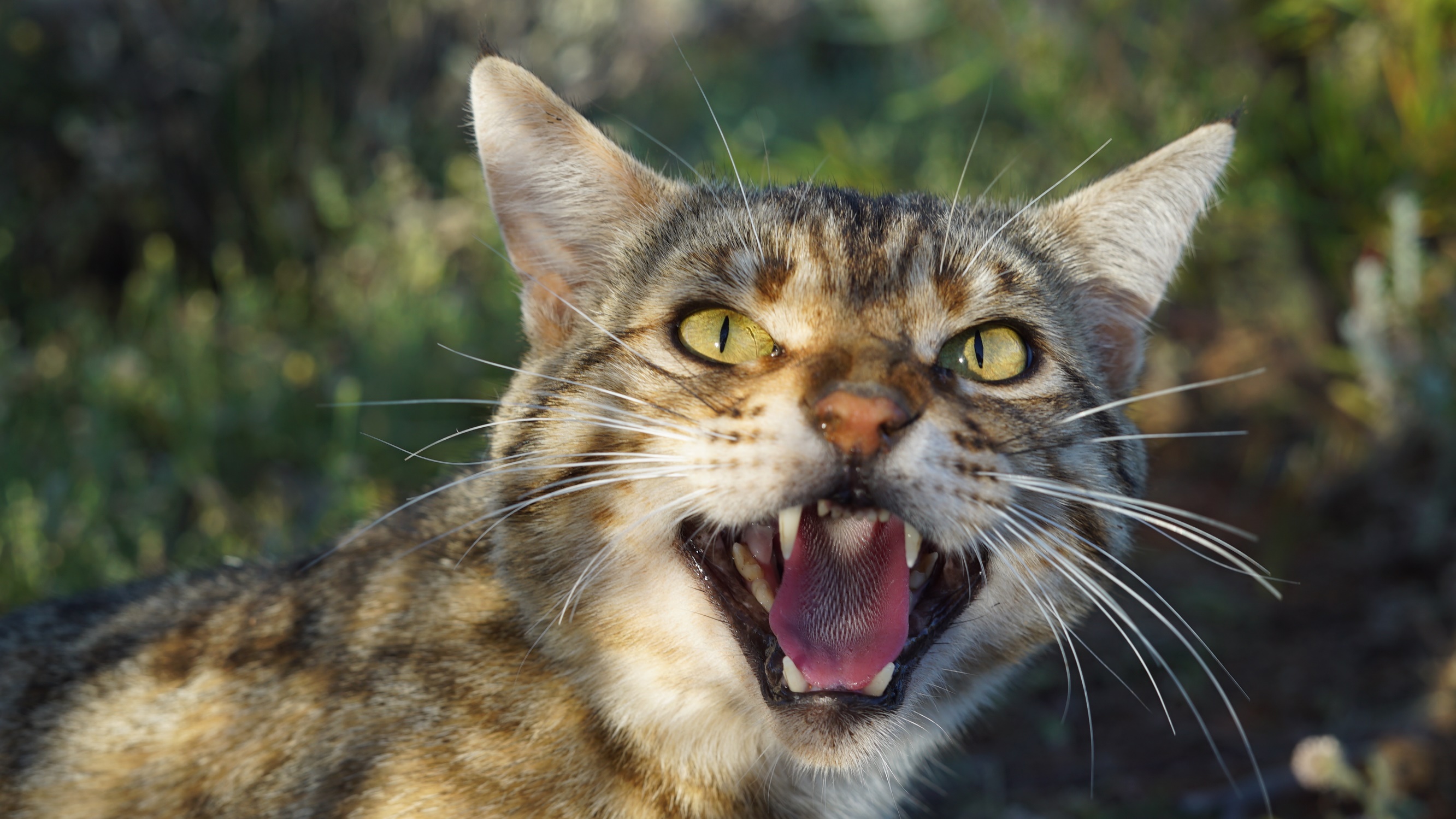ha = hectare
Source: ABARES (2021)

We recognise Aboriginal and Torres Strait Islanders as the sovereign Traditional Owners of Australia and thank them for their stewardship of this Country, its lands, waters and skies. We respectfully acknowledge their culture and customary practices, and pay respect to their Ancestors, Elders and future leaders.
For the first time, the State of the Environment report includes a strong Indigenous narrative across all 12 thematic chapters, a narrative crafted through recognising the leadership, collaboration and authorship of Indigenous Australians who continue their connection as Traditional Owners to their lands, waters and skies.
Click to view the State of the Environment report
On 28 March 2025 the government assumed a Caretaker role. Information on websites maintained by the Department of Climate Change, Energy, the Environment and Water will be published in accordance with the Guidance on Caretaker Conventions until after the conclusion of the caretaker period.
Due to technical issues, graphs, maps and tables are currently not displaying within the main content, however, are available via the chapter resources navigation bar. We are working on a solution to resolve the issue.
ha = hectare
Source: ABARES (2021)
ha = hectare
Source: Ward et al. (2019)
EPBC Act = Environment Protection and Biodiversity Conservation Act 1999
Note: 1,533 species
Source: Kearney et al. (2018b)
Note: Rabbit distribution is based on observed locations and climate thresholds (as limiting factors for spread across the landscape), and includes both the areas where threatened species densities and ecological communities are indicated and grey areas.
Source: DEE (2016)

kg/ha = kilogram per hectare
Source: Stuart et al. (2021)
Source: Scheele et al. (2017)
Source: Kearney et al. (2020)
EPBC Act = Environment Protection and Biodiversity Conservation Act 1999
Source: ANAO (2020)
IUCN = International Union for Conservation of Nature
Source: Taylor (2020), using CAPAD 2020